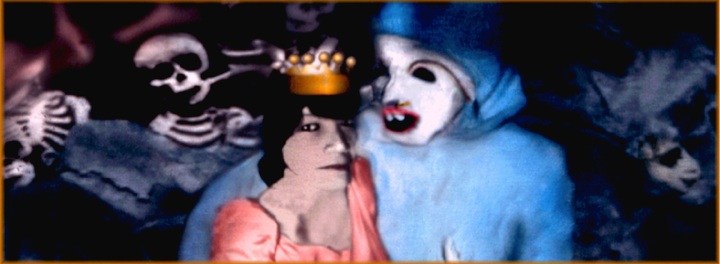Detail from: Secrets of a Shared Existence
My interest in photography began when I was thirteen...
...and led me, eventually, to study Fine Arts in Photography.
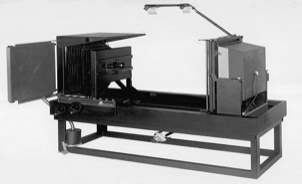
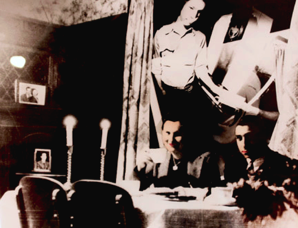
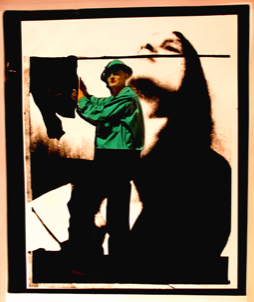
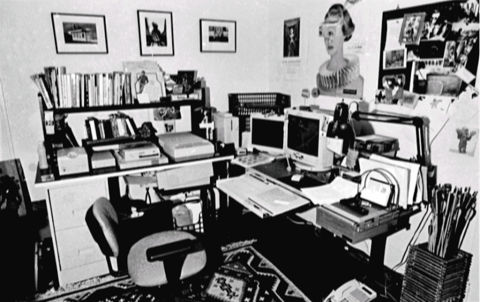
Until 1991 my work was done mechanically; literally cut and pasting. My desire to expand my visual repertoire coincided with the advent of digital imaging. It was like going from cutting pictures with knife between my teeth to having both hands freed. Digital imaging released the photograph from its analog binds and made it as malleable as one's imagination. However, I didn't give up working mechanically all together. Rather I integrated it into my existing mechanical process. That hybrid process, that included both digital and traditional methods, resulted in work lacking the "thumbprint" of either. At the time digital imaging was a new concept, making this way of working attractive from both an aesthetic and technical perspective.
Below: The processor I used for making 20x24 Cibachromes in the 1990's
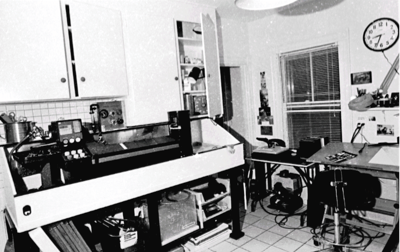
In the late 90's I had an opportunity to publish a book on the subject of photomontage (Photomontage: A Step-By-Step Guide to Building Pictures). It covered the fine points of mixing digital and mechanical techniques. While many of the digital references are now out of date, the gallery section has stood the test of time providing a glimpse into the diverse applications of photomontage. In recent years I've integrated three dimensional imaging into my process. While I've maintained my connection with photography, most of the mechanical techniques have been greatly reduced or eliminated. For example, my darkroom has been replaced with a large format printer. Others may be nostalgic, but frankly I don't miss the dark, fumes, or hours of trial and error.
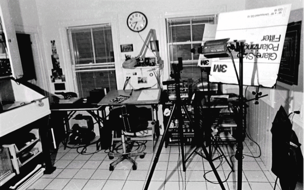
The work on this site is in chronological order starting with the most current series; Temptations in Paradise. However, viewers may want to begin with the older work first to better view the progression in context.


